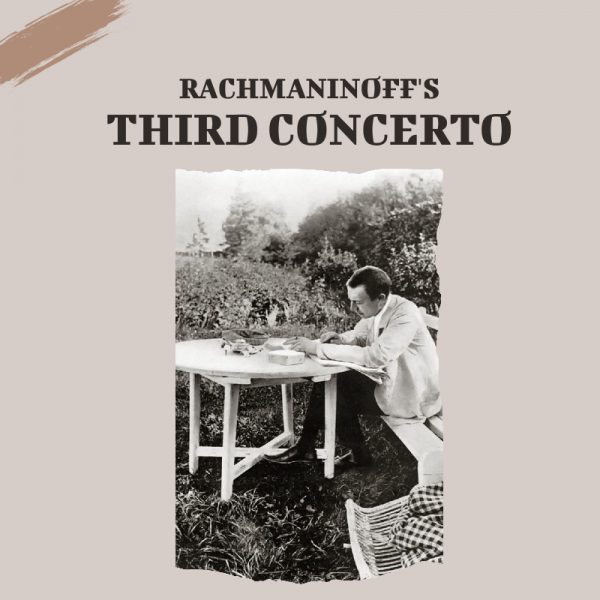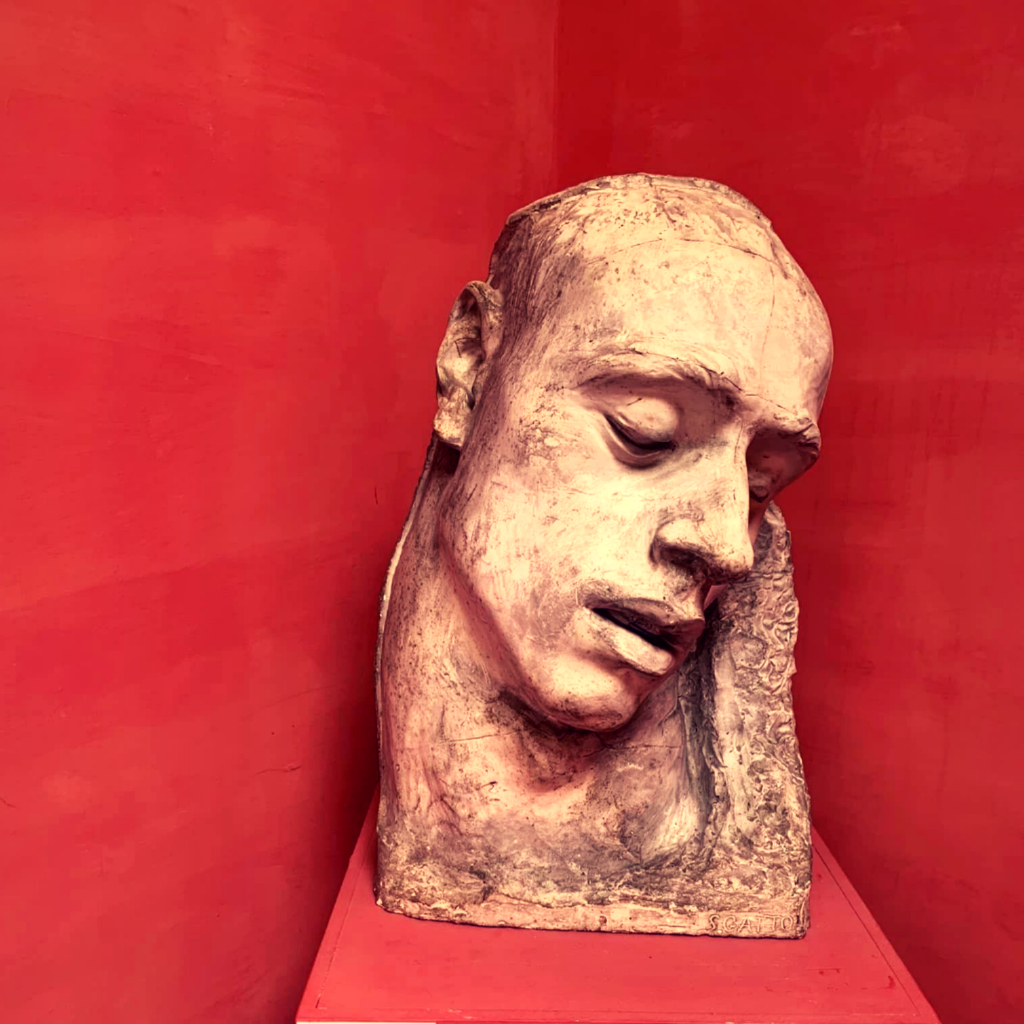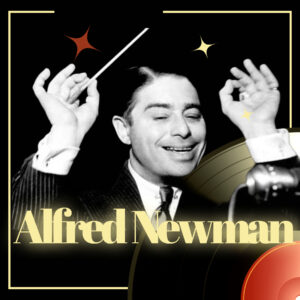
Sergei Rachmaninoff’s Piano Concerto No. 3, one of the most difficult in this genres, premieres at the New Theatre in New York City in 1909 (28th November), with the composer as soloist, and the New York Symphony Society conducted by Walter Damrosch. Let’s look at some of the features of melodic and thematic lines of the main themes of the first part.
The third concert, nine years after the Second, opens up new boundaries for Sergei Rachmaninoff’s creativity. This is a special piece because it can be called a symphony concert. It stands out for the increased dramatisation and symphonisation of the concert cycle. Undoubtedly, this work opens a new milestone in the history of concertos literature. For the first time, a composer in this genre creates a large dramatic canvas. Thanks to this, a new kind of genre is born, bringing the concert even closer to a symphony. In terms of the significance of the content, the scale and intensity of the figurative development, it can be put on a par with many outstanding symphonic cycles.
But Rachmaninoff’s achievement is that he concentrated all the possibilities for such a development only in the original theme-song, which acts as a symphonically rich thought. The original theme of the Third Concerto is the successor of the most significant Rachmaninov’s song-dramatic main parts of the opening parts of the Second Concerto, the First and especially the Second Symphonies.
In general, she embodies an outwardly simpler and more modest, but inwardly deep and dramatic image of the Native land. If the first theme of the Second Concerto paints a picture of Russia, which seems to be displayed to its full height, then at the first sounds of the Third Concerto it imperceptibly spreads out into the boundless expanse, harbouring much important things.
The third concert is another inspired poem about the Native land. But it is more complex figuratively and more grandiose in its general scope. The innovative form of the first part of the Third Concerto has been repeatedly discussed by musicologists. The reduction of the reprise was interpreted in different ways and its reduction mainly to the main party. One of the reasons is the widespread use of the material of the side part in the development, as well as the use of the development principle, which focusses on the song features of the melody of the piece. Let us pay attention to the fact that the reduction of the reprise and the obscuring of the bright image of the side part in it focus on the dramatic character of the first movement.
Much good giving such a compositional technique the impression of a tragic conflict is created Rachmaninov inherited from Tchaikovsky’s symphonic dramas the principles of powerful wave pumping, which in the first part of the Third Concerto interact with the original song-epic method and free repetitive transformations.
In the Second Concerto, here the energy accumulated by the previous development seems to be splashed out. It conquers with the grandeur of the artistic concept the rapidity of movement with powerful growths and contrast of images. Only for a short period time, the central episode performing the function The Third Concerto is characterised by the use of the thematic of the wave type. The composer uses in the theme exposition one of his favourite rhythms of the “yambohorei”.
The theme of the main part of the finale of the Third Concerto is close to the Russian song in the familiar everyday life. Undoubtedly, it can be considered the successor of the corresponding section of the Second Concerto, but we have before us an even more daring scherzo-dynamic synthesis of the dance, of the march, of the choral song. A similar general round-shaped form is being filled here with an even greater imaginative capacity In the first episode we hear a new dynamic marching theme and in the choral melody with elements of dance.
Differing only in individual characters, lyrical themes in the principles of their formation and disclosure have many common features with courageous volitional themes in Rachmaninoff’s Third Concerto, a general evolution of images and means of the musical language. When comparing it with the Second Concerto, it becomes clear that it is more monumental in the scale of composition, more significant and deeper in images, brighter in contrasting comparisons, richer and more perfect in the author’s pianism. So clearly perceptible are so defining for the images and their development that it can rightfully be called a symphony concert.
The music of the Third Concerto, in contrast to the Second, is imbued with a special composure and organisation of the composer’s creative will. Changes and manifests itself and positions in its evolving quality, the nature of previously encountered typical images. The gloom is replaced by collected severity, unconscious anxiety, seething and breaking out, melts into a restrainedly concentrated drama, the emergence of which to the heights of development is due to by this logic of the unfolding of the dramatic line.
The lyrical sphere captured in the soulfully charming melodies strikes not so much by the infinity of the spill as by the concentration of the most defining intonations and the subtlety of syntactic development.
The form is not published.



